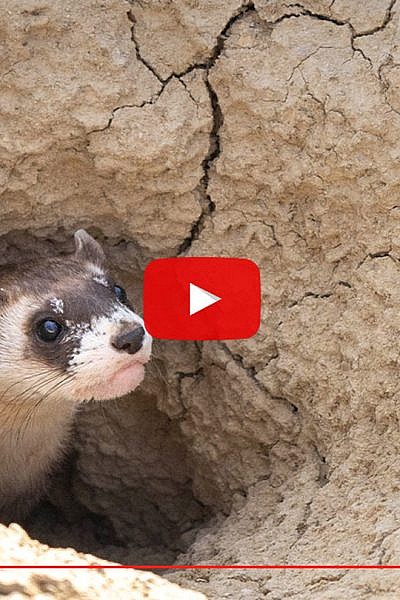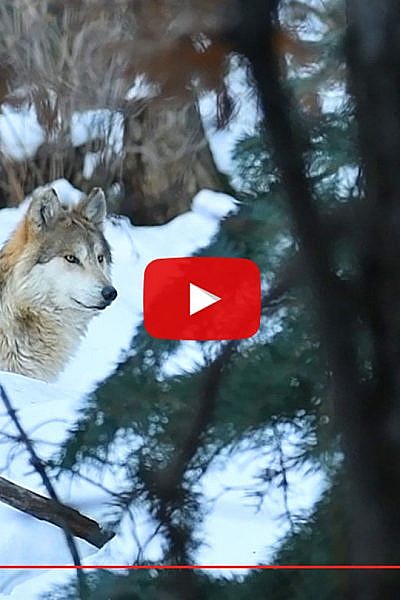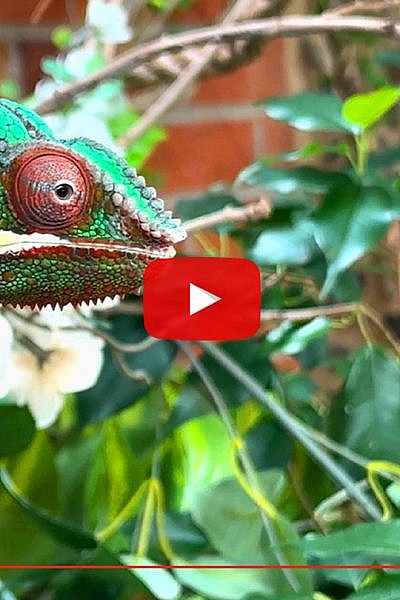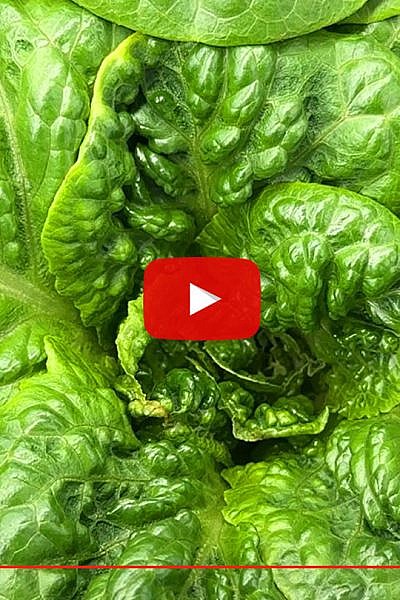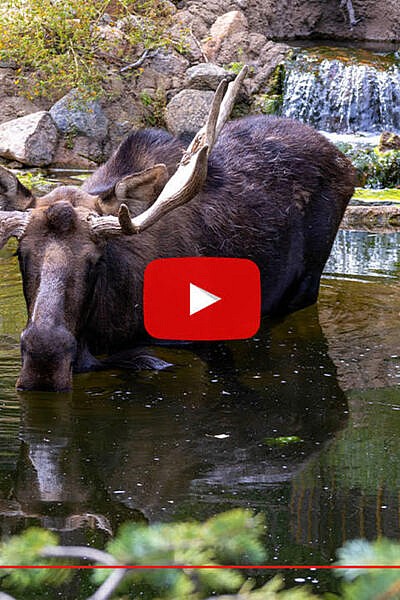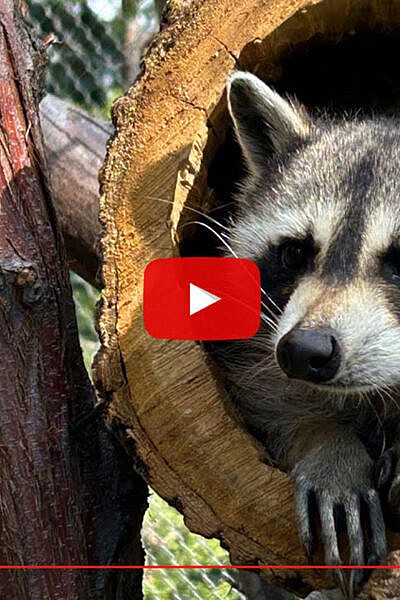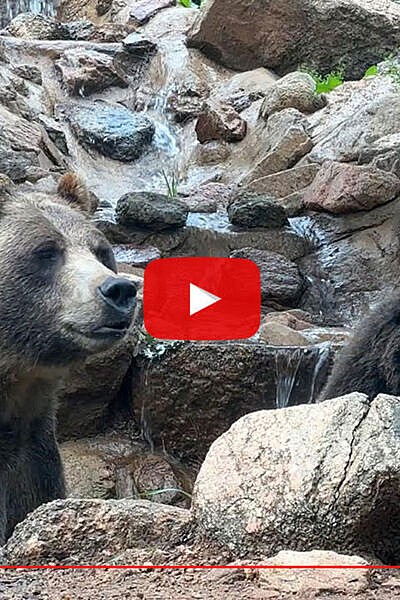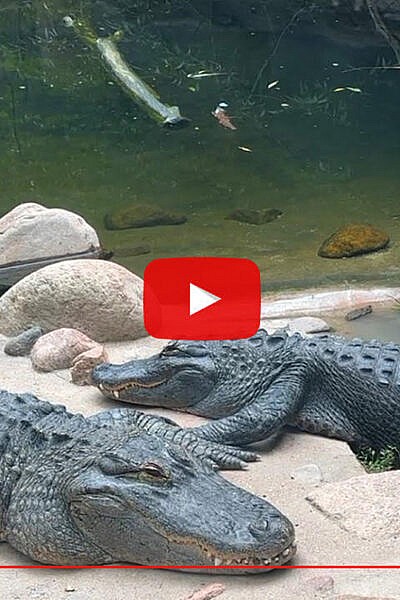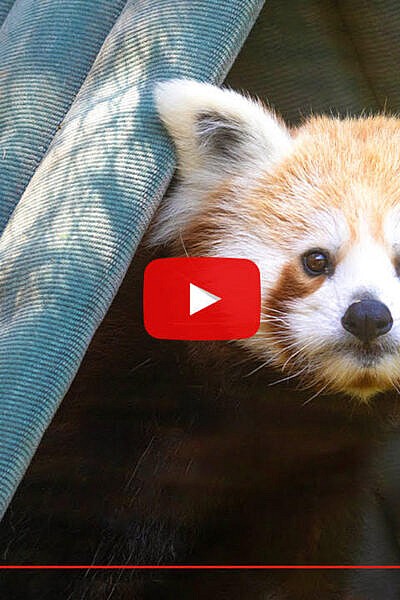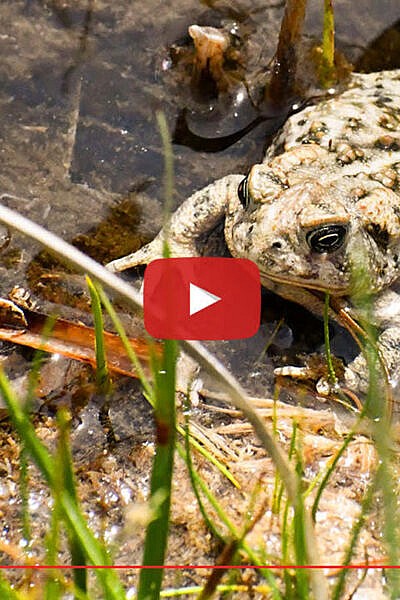This fall, volunteers and conservation experts gathered near Las Animas, Colorado, to release 33 endangered black-footed ferrets (BFFs) into the wild, including some that were born at CMZoo!
2024 was a record-breaking breeding year for CMZoo’s BFF conservation program, with 37 kits born! It was also a pioneering year. CMZoo’s conservationists tested multi-partner breeding to see if females could conceive and whelp kits from different dads in the same litter. Out of seven females in the trial, two had litters with two fathers represented. Read more
BFFs were considered extinct until the 1980s. On Sept. 26, 1981, a ranch dog named Shep caught a BFF. Shep’s catch led to the discovery of a small population of the elusive animals in Meeteetse, Wyoming. That population became the hope for the recovery of the entire species.
Since then, zoos, U.S. Fish and Wildlife, National Black-footed Ferret Conservation Center and other organizations have banded together to breed, prepare, release and monitor BFFs to increase the population. CMZoo joined the fight to save ferrets in 1991, when its BFF breed-and-release program began. In the last 33 years, 647 kits have been born on Cheyenne Mountain. The Zoo is a major contributor to recovery efforts, releasing BFFs to protected wild places in Colorado every year.
